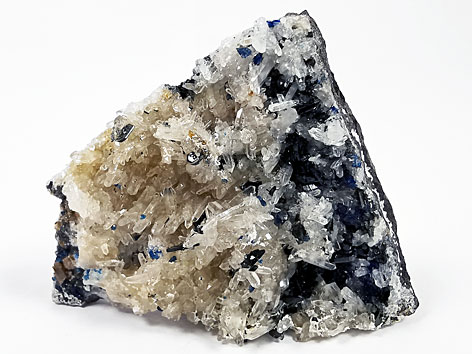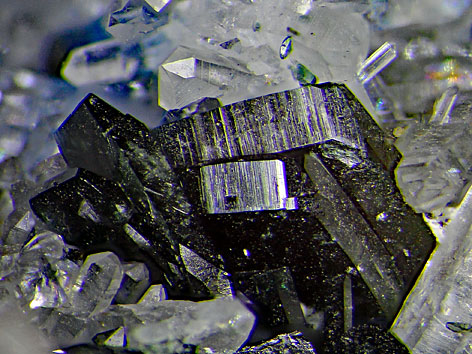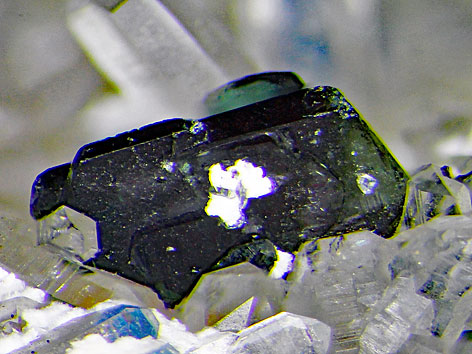
Kulanit xx neben Lazulith xx auf Quarz
Rapid Creek, Dawson, Yukon-Territorium, Kanada (TL)
Stufe: 4,0 x 3,2 cm

Kulanit xx
Detail der links abgebildeten Stufe
Bildbreite: 4,5 mm

Kulanit xx
Detail der oben links abgebildeten Stufe
Bildbreite: 4,5 mm

Kulanit xx
Detail der oben links abgebildeten Stufe
Bildbreite: 3,5 mm